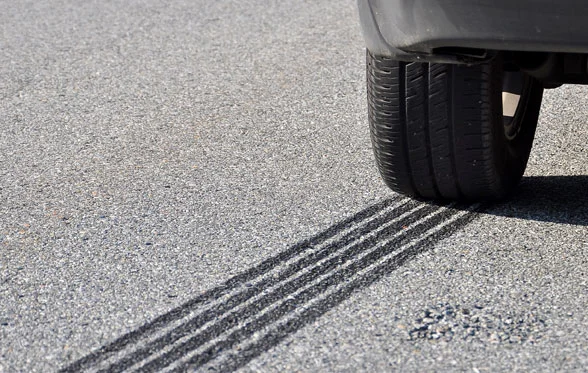The idea of replacing a vehicle's rear view mirrors with a camera based rear vision system has been around for many years, and concept cars featuring camera based rear vision systems have been displayed at motor shows around the world since the 1990s. One of the main advantages of replacing exterior rear view mirrors with cameras is that it allows the vehicle's aerodynamic performance to be improved (i.e. reduced frontal area and reduced aerodynamic drag), which in turn leads to reductions in the vehicle’s fuel consumption and CO2 emissions.
With the increased focus on reducing fuel consumption and CO2 emissions that has been brought about in recent years by the challenging targets on fuel consumption and CO2 emissions set by various governments around the world, work on amending the United Nations Economic Commission for Europe (UN ECE) Regulation on indirect vision, ECE Regulation No. 46, to allow the main exterior mirrors to be replaced by camera based vision systems began in 2008.
The 02 series of amendments to ECE Regulation No.46, published in 2005, permitted the fitment of camera based vision systems. However, such systems were only permitted to replace the auxiliary mirrors (i.e. close proximity mirror and front mirror) rather than the main rear vision mirrors.
Following some initial discussions within the UN ECE Working Party responsible for rear vision, the Working Party on General Safety Provisions (GRSG), a dedicated Informal Group, was set up to develop the necessary requirements and test procedures for camera based vision systems that could be fitted in place of the main rear vision mirrors. This Informal Group met four times during 2009, but their work was suspended pending the development of a new ISO standard on camera based vision systems which could be referenced in the Regulation. In 2013, when the development of the relevant ISO standard (ISO 16505:2015) was nearing completion, the Informal Group was reactivated and they met 8 times between February 2014 and March 2015.
The requirements drafted by the Informal Group covered both the camera vision systems themselves (i.e. the camera and the monitor used to display the image) and their installation on vehicles. The camera vision system requirements cover aspects such as image quality, magnification and flicker, and the installation requirements permit the fitment of camera based vision systems in place of all of the required mirrors, including the interior mirror, main exterior mirrors and wide angle mirrors.
The amendments to ECE Regulation No. 46 that were developed by the Informal Group were published as Supplement 2 to the 04 series of amendments to ECE Regulation No. 46 on 11th July, 2016 with an entry into force date 18th June, 2016. This means that, with immediate effect, camera vision system manufacturers can obtain component type approval for their camera based systems, and vehicle manufacturers can obtain type approval for vehicles fitted with camera based vision systems.
